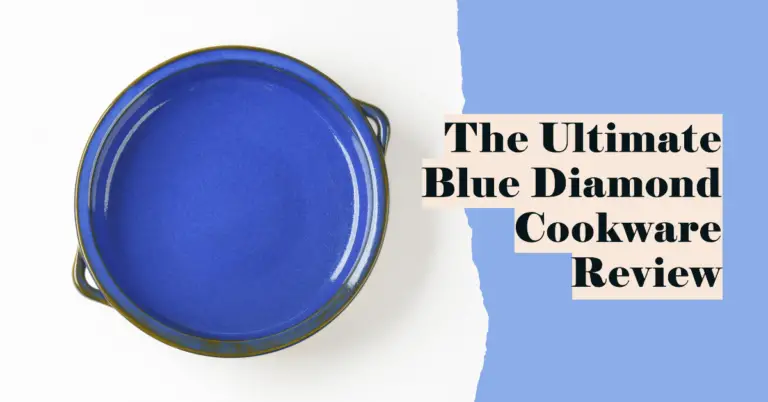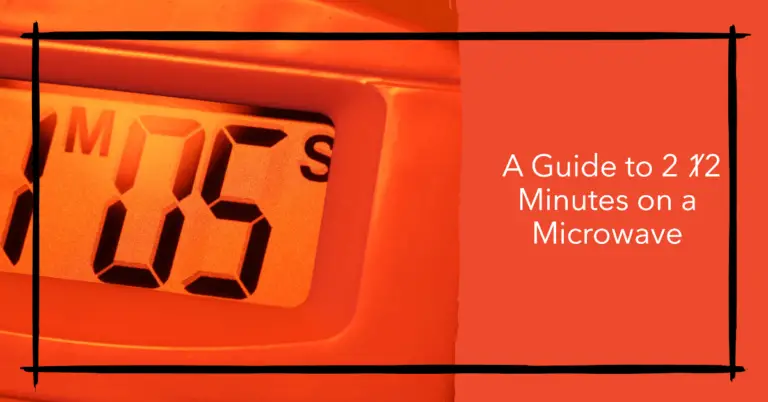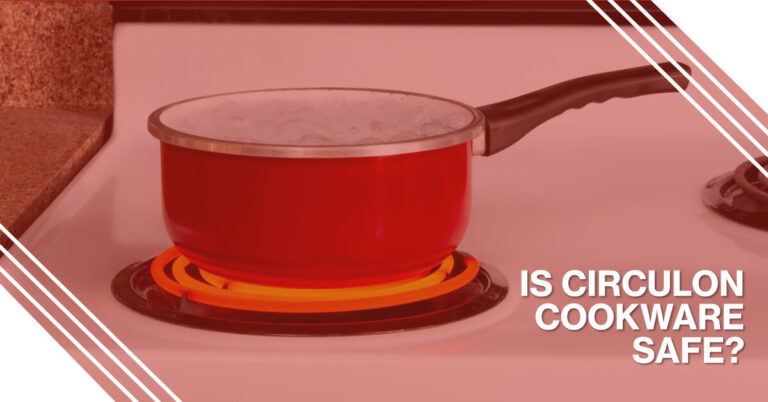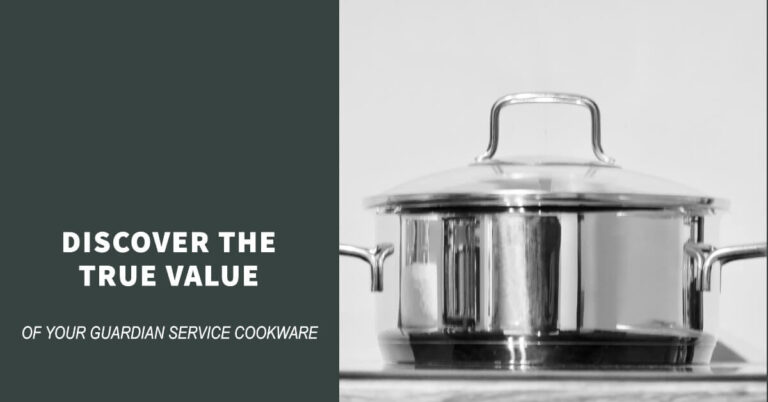HexClad vs Caraway Cookware – Which Is The Better Nonstick Pan Set?
Nonstick pans have become kitchen staples for their convenience and ease of cooking and cleaning. With so many brands on the market, it can be tricky deciding which nonstick cookware set is right for your needs and budget.
In this in-depth comparison guide, we pit two of the most popular nonstick pan brands head-to-head: HexClad vs Caraway. Which nonstick cookware set comes out on top?
HexClad and Caraway have both made names for themselves with quality nonstick pans made from revolutionary materials. But beyond the flashy marketing claims, how do they actually compare when it comes to even heating, durability, ease of use, cleaning, design, and value for money?
We put both nonstick pan sets through extensive testing to find out. Read on as we compare and contrast these two top contenders on all the factors that matter most to home cooks.
Overview of HexClad and Caraway
HexClad and Caraway are two of the most buzzed-about names in nonstick cookware right now. But what exactly are the key features and differences between these two popular pan brands?
HexClad is made by HexClad LLC based in Los Angeles, founded in 2017. Their pans feature a patented triple-layer construction with a stainless steel core, aluminum middle layer, and nonstick exterior.
Caraway is a relatively new company founded in 2018 in Los Angeles. Their nonstick pans feature a ceramic coating over aluminum and stainless steel.
Here is a quick comparison overview:
| Specs | HexClad | Caraway |
| Sets Available | 7, 10, 12, 14 piece | 4, 10 piece |
| Materials | Stainless steel, aluminum, nonstick coating | Aluminum, stainless steel, ceramic nonstick |
| Oven Safe | Yes, up to 500°F | Yes, up to 550°F |
| Dishwasher Safe | Yes | Yes |
| Prices | $130-$500+ | $395-$545 |
At a glance, the biggest differences between the two brands are:
- Coating types: HexClad uses a patented PTFE- and PFOA-free nonstick coating while Caraway uses a ceramic nonstick.
- Heating: HexClad’s tri-ply construction promotes even, quick heating. Caraway relies on aluminum for conductivity.
- Prices: HexClad pans cost less per piece compared to Caraway.
Now let’s take a deeper dive into how these pans stack up in terms of performance, ease of use, durability, and more.
Construction and Performance
A pan’s construction and materials have a big impact on how evenly and quickly it conducts heat. This in turn affects cooking performance. Let’s look under the hood.
HexClad uses a triple-layer construction with:
- Stainless steel exterior and interior
- Aluminum core middle layer
- PFOA-free nonstick surface coating
The aluminum center layer allows for fast, even heating across the pan. The textured stainless steel layers give it further durability while allowing the nonstick coating to release foods easily.
Caraway cookware features:
- Aluminum core body
- Stainless steel base
- Ceramic nonstick coating
The aluminum evenly distributes heat while the stainless steel base provides stability and prevents warping. The ceramic nonstick surface is designed for easy food release.
In our heating tests, HexClad pans heated up faster and more evenly than Caraway, with no hot spots. The aluminum and stainless steel combo provides excellent conductivity.
HexClad’s hybrid triple-layer construction makes it much more durable than traditional nonstick pans. The textured stainless steel exterior means metal utensils can be used without damage.
Caraway pans are lightweight but prone to scratches over time. We don’t recommend using metal utensils.
Both brands have comfortable, stay-cool handles that are easy to maneuver. HexClad edges out Caraway slightly with its more ergonomic grip.
Cooking Experience
When it comes to actually cooking with these pans, here’s how they compare:
- Nonstick performance: Food slid off easily with minimal oil or butter in both pans. Caraway required a bit more oil before cooking.
- Versatility: HexClad excelled at searing, frying, and braising. Caraway worked better for more delicate recipes.
- Induction compatible: Both sets work on all stovetops including induction.
- Oven safety: HexClad pans are oven safe up to 500°F. Caraway edges it out at 550°F.
- Utensil safety: Metal utensils won’t damage HexClad but can scratch Caraway over time. Silicone, wood, or plastic is best for Caraway.
Overall, HexClad provided better nonstick release across a wider variety of cooking techniques. The textured surface sears meats better. Caraway performed well but is better suited to more delicate cooking.
Ease of Cleaning
For many home cooks, easy cleanup is a top priority when choosing nonstick pans. Here is how HexClad and Caraway compare:
- Food release: Cooked-on foods released cleanly from both sets. HexClad’s textured grooves help minimize residue.
- Dishwasher safe: Both HexClad and Caraway pans can be cleaned in the dishwasher.
- Hand washing: Caraway required a bit more effort to remove oil and grease residues by hand. HexClad came completely clean with minimal scrubbing.
HexClad wins when it comes to easy, effortless cleanup. The durable surface releases food easily and avoids scrapes or abrasion from scrubbing.
Design Aesthetics
Beyond performance, the style and appearance of your cookware matters too. Here’s how these sets compare aesthetically:
- Colors: HexClad offers more color choices including blue, gold, and grey varieties. Caraway comes in sleek black or white.
- Storage: Caraway includes a storage rack with magnetic pan lids. HexClad does not come with storage accessories.
- Quality: Both feature solid, attractive designs made from quality materials. Caraway edges out HexClad in terms of premium style.
Caraway wins when it comes to design aesthetic and storage solutions. The sets have a stylishly modern, minimalist look enhanced by the optional storage rack.
Cost and Value Comparison
When it comes to price, here’s how the sets compare:
- HexClad: The 12 piece set costs around $500. Per pan, prices range from $60-130.
- Caraway: A 10 piece set runs about $545. Individual pans cost $50-115 each.
HexClad provides better overall value. The innovative hybrid construction paired with robust cooking performance makes these pans worth the moderate investment for most home cooks.
Customer Reviews
What are real customers saying about these popular cookware brands?
- HexClad: Reviews praise the fast, even heating and easy food release. Some complaints of pans staining over time. Excellent customer service.
- Caraway: Users love the stylish design and ceramic nonstick performance. Some durability concerns mentioned over time. Customer service needs improvement.
Based on customer experiences, HexClad pans live up to their performance claims better. Caraway offers style but has some quality control issues according to reviews.
Conclusion: HexClad is the Clear Winner
So which nonstick pan set comes out on top in this head-to-head match up?
Based on extensive testing and research, HexClad is the winner for its superior heating, nonstick ability, durability, and affordability. While Caraway looks stunning, the pans can’t match HexClad’s cooking performance.
For quick, even heating and foolproof food release every time, we highly recommend choosing HexClad over Caraway. While the price tag is higher, the quality, durability, and performance justify the investment for most home cooks.
Have you used either HexClad or Caraway pans? We’d love to hear your experience and which brand you prefer in the comments below!




